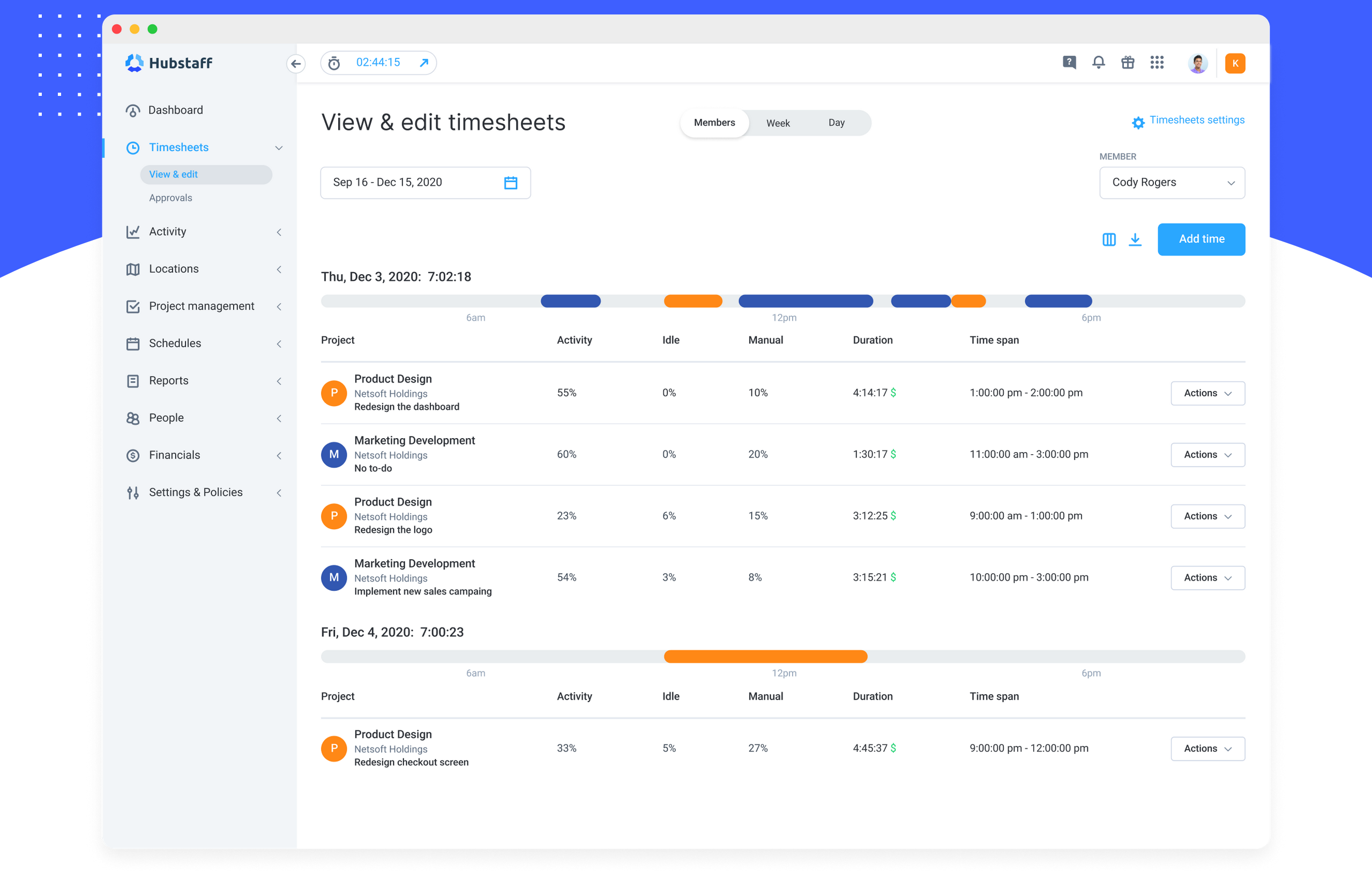Time Tracking Software Market Expansion and Revenue Forecast | 2035

A deep dive into Time Tracking Software Market Insights uncovers a number of critical truths about the nature of productivity and the evolution of this seemingly simple but profoundly impactful software category. The Time Tracking Software market size is projected to grow USD 11.48 billion by 2032, exhibiting a CAGR of 16.5% during the forecast period 2024-2032. One of the most crucial insights is that the primary and most sustainable value of time tracking is not for employee monitoring, but for business intelligence and operational improvement. The insight is that while the initial impetus for adopting time tracking is often for simple, tactical purposes like client billing or payroll, the real, strategic value is in the data that it generates. The aggregated time tracking data is an incredibly powerful and often untapped source of insight into how a business actually operates. By analyzing this data, a company can get a clear and objective picture of which projects and clients are truly profitable, where the team's time is being spent on non-billable or low-value activities, and which processes are creating bottlenecks and inefficiencies. The insight is that time tracking software is not a surveillance tool; it is a powerful business intelligence tool that can provide the data-driven foundation for a more profitable and efficient organization.
Another key insight is that the successful and healthy implementation of time tracking is far more of a cultural and change management challenge than it is a technology challenge. The insight is that the very act of tracking time is a deeply personal and often sensitive issue for employees, and if it is implemented in a top-down, authoritarian manner, it will almost certainly be met with resistance and will fail. The most successful implementations are those that are framed not as a tool for management to "watch" employees, but as a tool to empower employees and teams to better understand and manage their own work. The insight is that the focus should be on the benefits for the employee, such as helping them to maintain a better work-life balance, to justify the need for more resources, or to simply have a better, more accurate record of their own accomplishments. Building a culture of trust and transparency around the "why" of time tracking is a critical success factor. The insight is that the software is just a tool; the real challenge is in creating a culture where data is used for learning and improvement, not for blame and punishment.
A third, and perhaps more forward-looking, insight is that the future of time tracking is not about manual entry, but about ambient and automated data capture. The insight is that the biggest point of friction in any time tracking system is the need for the human to remember to start and stop a timer or to manually fill out a timesheet at the end of the day. This is a tedious and error-prone process. The new and more advanced generation of time tracking software is moving towards a more automated model. This includes tools that can automatically track the time spent in different applications, on different websites, and on different documents on a user's computer, and can then use AI to automatically assign that time to the correct project or task. The insight is that the future of time tracking is to become an invisible and effortless process that runs in the background, providing a rich and accurate dataset of a person's work activities without requiring any manual effort. This shift from an active, manual process to a passive, automated one is a key insight that will revolutionize the user experience and the accuracy of the data.
Top Trending Reports -
Production Information Management Market Size, Trends - 2035
Enterprise Asset Management Market Size, Growth Report 2035
Security Orchestration Automation and Response Market Size - 2035


